One of the most difficult things for dog owners is dealing with behavioral problems. It can be really frustrating when your dog does something wrong (such as pee where he shouldn’t), especially if it’s something that’s been happening a lot.
When it comes to the best way to discipline a dog for unwanted behavior, there are many different approaches that owners can take. No matter what your personal beliefs are, it’s important to be consistent with your dog and to use the method of discipline that you are most comfortable with.
Whichever method of discipline you choose, it’s important to be consistent and fair with your dog. They rely on you for guidance and leadership, so it’s up to you to set the rules and enforce them.
Establish Verbal Cues
One of the most important things you can do when training your dog is to establish verbal cues. This will help your dog understand what you want him to do and will make it easier for you to communicate with your dog. There are a few things you need to keep in mind when choosing verbal cues for your dog.
First, you need to make sure that the cue is something that your dog can understand. For example, if you want your dog to sit, you might use the cue “sit.” However, if your dog doesn’t know the meaning of the word “sit,” then the cue won’t be effective. Choose a cue that is simple and easy for your dog to understand.
Second, you need to make sure that the cue is something that you can consistently use. If you only use the cue when you want your dog to sit, but you also use it when you want your dog to lie down, your dog is going to get confused. Choose a cue that you can use consistently to mean the same thing.
Third, you need to make sure that the cue is something that you can say in a calm voice. If you’re yelling at your dog to sit, your dog is going to get stressed and it’s not going to be as effective. Choose a cue that you can say in a calm, clear voice.
Once you’ve chosen a verbal cue for your dog, you need to make sure that you’re using it consistently. Every time you want your dog to do something, use the cue. For example, if you want your dog to sit, say the cue and then wait for your dog to sit. Once your dog is sitting, praise it and give it a treat.
If your dog doesn’t respond to the cue, don’t get frustrated. Just try again. Eventually, your dog will learn what the cue means and will respond accordingly.
If you have been consistent with your commands and your dog still isn’t listening, then you may need to resort to physical discipline. This should only be used as a last resort and it’s important to never strike your dog in anger. Instead, use a quick tap on the nose or bottom to get their attention.

Use Body Language To Help Your Dog Know They Did Something Wrong
When it comes to communicating with your dog, body language is key. Dogs are incredibly attuned to our nonverbal cues and can pick up on even the slightest changes in our body language. This is why it’s so important to be aware of the messages you’re sending with your posture, facial expressions, and eye contact.
Here are a few tips on how to use body language effectively when communicating with your dog:
- Make sure your body language is calm and confident. Dogs are very sensitive to our emotions and they will mirror our own. If you’re feeling anxious or nervous, your dog will pick up on that and it will make them feel the same way.
- Be clear and consistent in your body language. Dogs learn best when the commands they’re being given are consistent. If you give a cue with your hand one time and then use your voice the next time, your dog will be confused. Stick to one form of communication and be consistent with it every time.
- Use positive reinforcement. Dogs respond best to positive reinforcement, so make sure you’re rewarding your dog when they do what you want them to do. This could be in the form of treats, petting, or verbal praise.
- Be aware of your body language. Dogs are incredibly attuned to our nonverbal cues, so it’s important to be aware of the messages you’re sending with your posture, facial expressions, and eye contact.
Here are a few things to keep in mind:
- Keep your body language calm and confident
- Be clear and consistent in your commands
- Use positive reinforcement
- Be aware of your body language
Ignore It When Your Dog Does Something Wrong
One of the best ways to get your dog to stop doing something bad is to ignore the behavior altogether. This may seem counterintuitive, but if you give your dog attention when they do something bad, you are actually rewarding that behavior. Dogs are very smart and they quickly learn that if they do something and you give them attention – even if it’s negative attention – they are getting what they want.
On the other hand, if you completely ignore your dog when they do something bad, they will eventually learn that this is not the way to get your attention and they will stop doing it. Of course, this takes patience and consistency on your part. You can’t give in and scold your dog one day and then ignore them the next time they do the same thing. But if you are consistent, they will catch on.
Here are a few tips for ignoring bad behavior:
- Don’t make eye contact with your dog when they are doing something bad. This can be difficult, but it’s important. If you look at them, they will think you are paying attention to them and they will continue doing the bad behavior.
- Don’t say anything to your dog. This can be even harder than not making eye contact, but it’s important to remain silent. If you scold them or tell them to stop, they will think you are acknowledging their behavior and they will continue doing it.
- Walk away from your dog. This sends a clear message that you are not happy with their behavior and that you are not going to give them the attention they want.
- Wait for the bad behavior to stop before you give your dog any attention. This includes petting, treats, and verbal praise. Once the bad behavior has stopped, you can give your dog the attention they crave. This will teach them that good behavior is what gets you to notice them, not bad behavior.
- Be consistent. Like with anything else in training, consistency is key. If you only ignore your dog’s bad behavior sometimes, they will get confused and won’t know what is expected of them. But if you are consistent in ignoring their bad behavior, they will quickly learn what they need to do to get your attention.
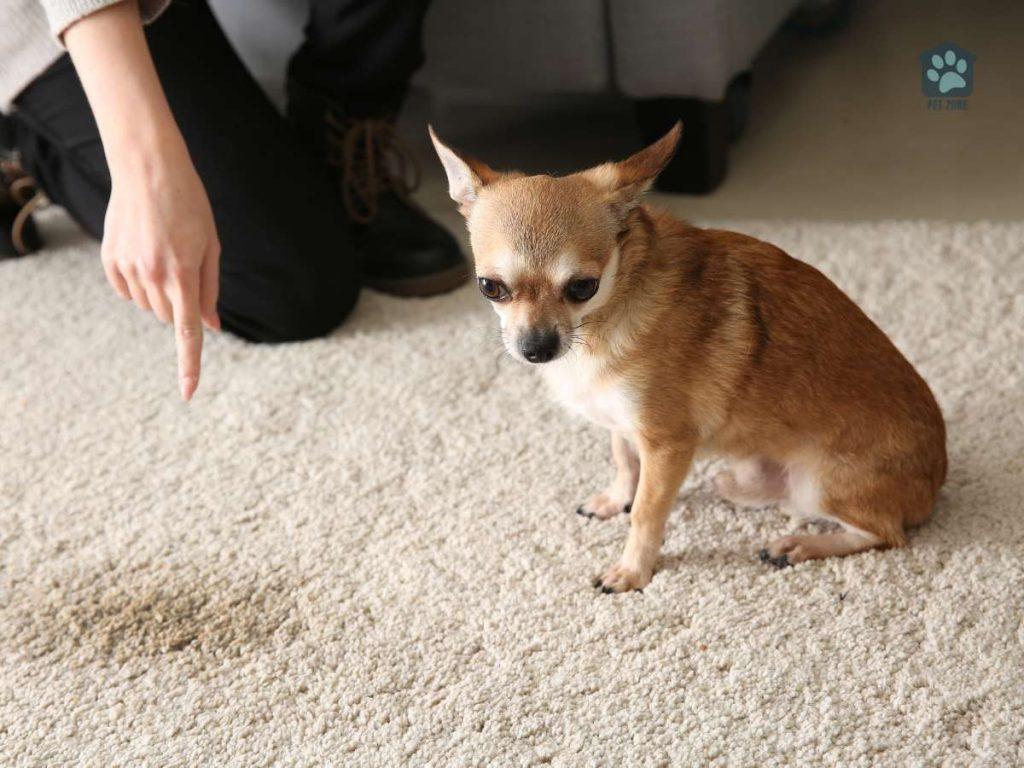
Adjust Your Timing
Whenever you discipline your dog, it’s important to make sure that you are timing your corrections correctly. If you discipline your dog too late, they may not understand why they are being punished and if you discipline them too early, they may not have had time to process what they did wrong. The key is to find the happy medium where your dog understands that he did something wrong and is being disciplined for it.
One way to help ensure that you are timing your corrections correctly is to use a marker word or phrase. This is a word or phrase that you tell your dog immediately after he does something wrong. For example, if your dog jumps on the counter, you would say “no” or “off” as soon as they do it. This will help your dog understand that they are being corrected for jumping on the counter.
Another way to help ensure that you are timing your corrections correctly is to use body language. This means that you want to make sure that your body language is saying what you want it to say. For example, if you are trying to discipline your dog for barking, you want to make sure that you are looking at them and using a firm voice. This will help your dog understand that they are doing something wrong and they need to stop.
The most important thing to remember when you are disciplining your dog is to be consistent. This means that you need to do the same thing every time they do something wrong. For example, if you usually say “no” when your dog jumps on the counter, you should say “no” every time they jump on the counter. This will help your dog understand that they are always doing something wrong when they jump on the counter and they need to stop.
If you follow these tips, you should be able to discipline your dog effectively and help them understand when they have done something wrong.
Best Methods for Rewarding Your Dog with Positive Reinforcement
Positive reinforcement is the process of reward-based discipline for good behavior. This can be done with treats, verbal praise, petting, or belly rubs. The key is to reward your dog immediately after he performs the desired behavior. This will let them know that they are doing something right and will encourage them to continue the behavior.
One of the most common mistakes people make when training their dogs is using punishment, such as scolding their dogs or using physical force to correct them. Using physical punishment on a dog is counterproductive and can make him scared or anxious.
It is important to remember that dogs are not trying to be bad, they are just trying to please you. Instead of punishing your dog, if you use positive reinforcement, you will get much better results.
One of the best ways to help your dog learn is to create a system of rewards for good behavior. This can be done by setting up a treat jar or keeping a stash of treats in your pocket. Whenever your dog does something you want them to do, give them a treat. This will let them know that they are doing something right and will encourage them to continue the behavior.
It is very important to be consistent. This means rewarding your dog every time he performs the desired behavior. If you only give them a treat sometimes, they may become confused and think that the behavior is only sometimes okay. It is also important to be timely with the rewards. If you wait too long to give them the treat, they may not understand why they are being rewarded.
Positive reinforcement is a great way to train your dog and get them to behave the way you want them to. If you use it consistently, you will see great results.
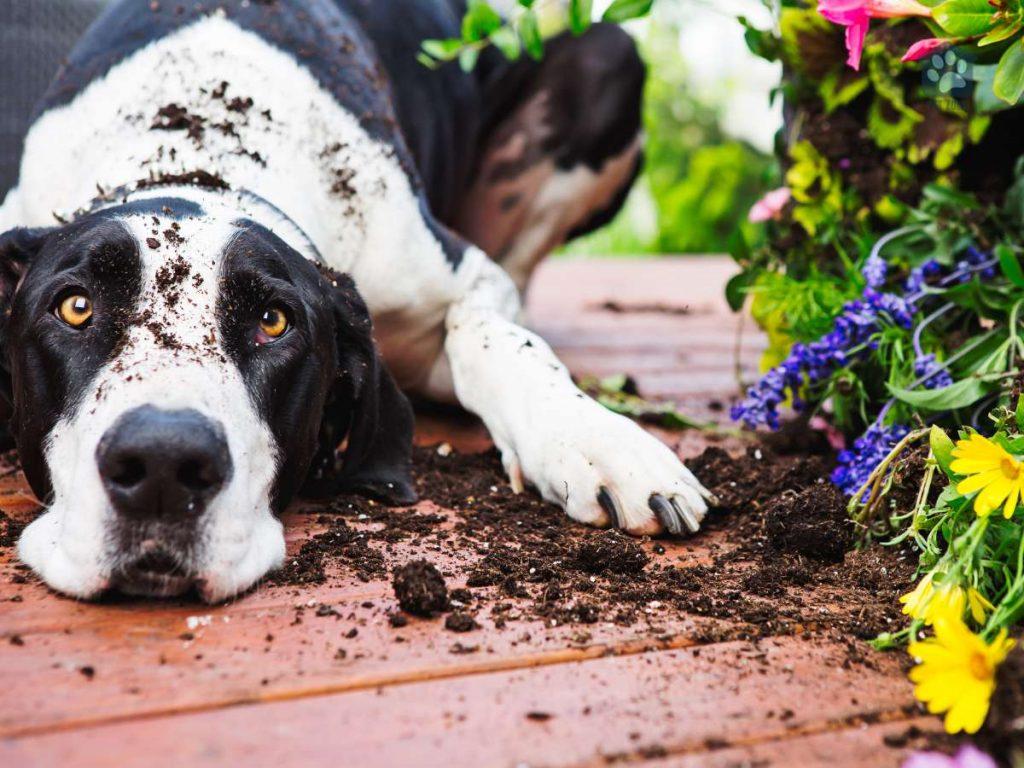
Show Consistency
One of the most important things you can do when it comes to dog training is to be consistent. This means that you always need to be using the same commands, rewards, and punishments. Consistency is key because it lets your dog know what is expected of them and what they can expect from you.
If you are inconsistent with your commands, your dog will get confused and will not be able to learn what you want them to do. For example, if you sometimes say “sit” and other times say “sit down,” your dog will not know which one you want them to do. This will lead to frustration on both your part and your dog’s part.
It is also important to be consistent with the rewards you use. If you only give your dog a treat sometimes when they perform a trick, they will not be motivated to do it all the time. However, if you always give them a treat when they do it, they will quickly learn that trick and will be eager to do it every time.
Similarly, you need to be consistent with the punishments you use. If you only yell at your dog sometimes when they do something wrong, they will not understand that they are doing something wrong. Dogs only understand things that are consistent. So if you want your dog to stop doing something, you need to be consistent with the punishment you use every time they do it.
One of the most common mistakes people make when training their dog is being inconsistent. If you are consistent with your commands, rewards, and punishments, you will find that training your dog is much easier and more effective.
Train for Success
Successfully training your dog requires a good deal of time, patience, and effort. However, if done correctly, the payoff is a obedient and well-behaved dog that is a joy to have around. While different dogs will learn at different speeds, all dogs are capable of learning if given the right motivation and environment. This guide will provide some helpful tips on how to train your dog for success.
Before beginning any training, it is important that you establish yourself as the alpha dog. This means that your dog should see you as the leader of the pack and should look to you for guidance. In order to do this, you must be consistent with your commands and always keep a calm and assertive energy. Once your dog sees you as the alpha, training will be much easier.
Whenever you are training your dog, it is important to remain patient. Dogs will not learn overnight and it is important to give them time to process what you are asking of them. If you get frustrated or angry, it will only hinder the training process. Remember to stay positive and consistent, and eventually your dog will get the hang of it.
Successful dog training requires a great deal of time, patience, effort, and consistency. By following these tips, you can give your dog the best chance for success. With a little bit of hard work, you can have a obedient and well-behaved dog that is a joy to be around.
Using a Crate or Kennel for Your Puppy
If you have a new puppy or dog, you may be wondering if you should invest in a crate or kennel. There are pros and cons to both, but ultimately it is up to you to decide what will work best for your situation.
A crate or kennel can provide a sense of security for your dog. It can also be a place to keep your dog out of trouble when you can’t supervise them directly. If you are crate training, your dog will learn that the crate is their safe space and will go there on their own when they need a break from the activity around them.
On the downside, crates and kennels can be confining and some dogs may feel trapped or anxious inside them. It is important to give your dog plenty of time outside of the crate to stretch their legs and relieve themselves. If you are using a crate for training, make sure to introduce it slowly and let your dog get used to it at their own pace.
Here are some tips for using a crate or kennel:
- If you are using a crate, make sure it is the right size for your dog. They should be able to stand up and turn around inside without being cramped.
- Line the crate with a comfortable bed or mat.
- Throw a Kong or chew toy inside the crate for your dog to enjoy.
- When first introducing the crate, let your dog explore it on their own. Leave the door open so they can come and go as they please.
- Once your dog is comfortable with the crate, you can start closing the door for short periods of time while you are home. Start with just a few minutes and gradually increase the time as they get used to it.
- If you are going to be away from home for more than a few hours, make sure to take your dog out for a potty break before crating them and give them a chance to burn off some energy.
- Never use the crate as punishment. This will only make your dog associate it with negative feelings and make it harder to train them to use it properly.
Whether or not you decide to use a crate or kennel, the most important thing is to be consistent with your training. Dogs are creatures of habit and will quickly learn the rules you set for them if you are consistent in enforcing them. With a little patience and positive reinforcement, you can successfully train your dog to use a crate or kennel.
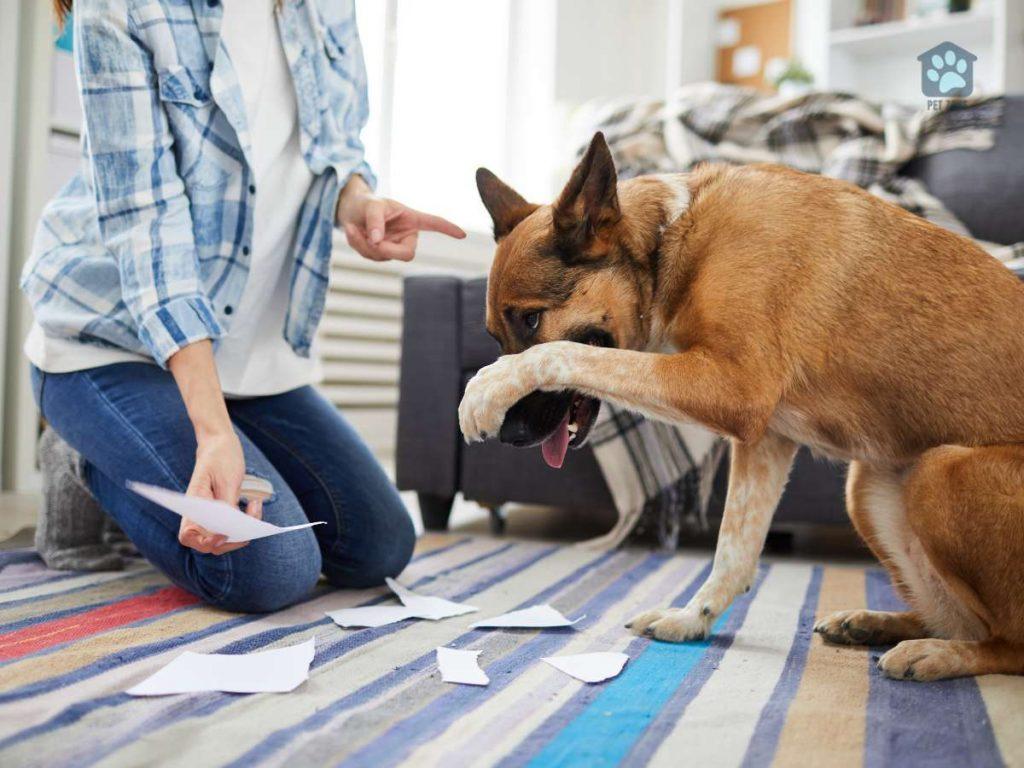
Avoid Physical Punishment to Discipline a Dog
One of the worst things you can do is to physically punish a dog. This can include things like hitting your dog, slapping, or kicking them. Not only is this ineffective, but it can also make the problem worse.
Physical punishment can scare your dog and make them more prone to aggression. It can also damage your relationship with your dog and make them less likely to trust you.
So what should you do instead? The best way to deal with behavioral problems is to use positive reinforcement. This means rewarding your dog when they do something right and ignoring them when they do something wrong.
For example, if your dog jumps on you when you come home, you should ignore them completely. But if they sit patiently by your side, you should give them a treat or some praise. Positive reinforcement is a much more effective way to train your dog and it will help you build a better relationship with them.
Interrupt Problem Behavior Immediately When You Dog Has Done Something Wrong
When you catch your dog doing something bad, it’s important to interrupt problem behavior immediately in order to teach your dog what is and is not acceptable. Allowing your dog to continue engaging in problem behavior will only reinforce the bad habits and make them more difficult to break.
There are a few different ways you can interrupt problem behavior. One is to make a loud noise, such as clapping your hands or using a whistle. This will startle your dog and cause them to stop what they’re doing and look at you. Once they’re looking at you, you can give them a verbal cue, such as “no” or “leave it.”
Another way to interrupt problem behavior is to physically move your dog away from whatever they’re doing. This could involve gently grabbing their collar and moving them away, or using a leash to guide them away.
Once you’ve interrupted the behavior, it’s important to redirect your dog’s attention to something else. This could be a toy, a treat, or simply your attention. Giving them something else to focus on will help discourage them from going back to the problem behavior.
It’s also important to be consistent with your interrupts. If you only do it sometimes, your dog won’t understand that the behavior is always wrong. They may start to think that it’s only wrong when you’re around, which isn’t the message you want to send.
If you’re consistent with your interrupts, your dog will soon learn that certain behaviors are not acceptable. This will help them become a well-behaved dog that you can enjoy spending time with.
As an Amazon Associate I earn from qualifying purchases.

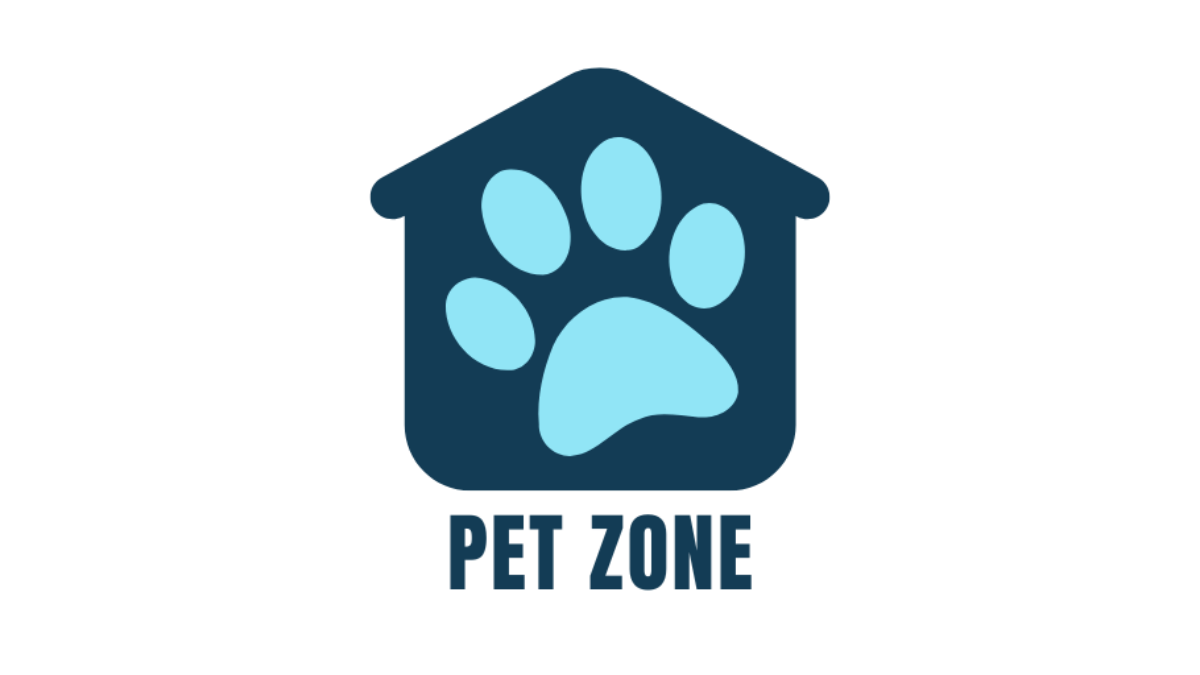

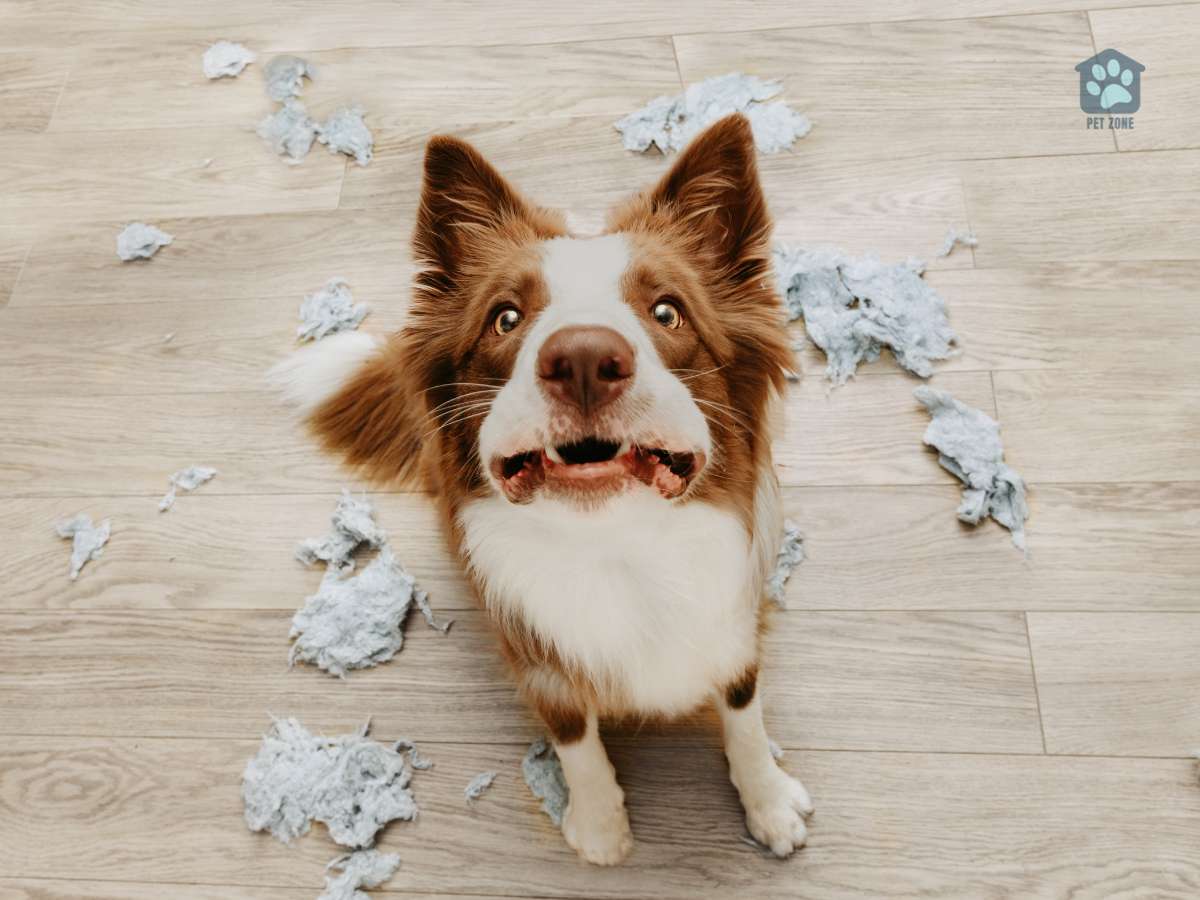

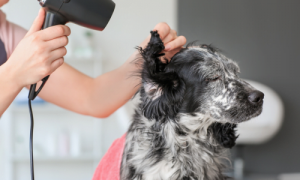
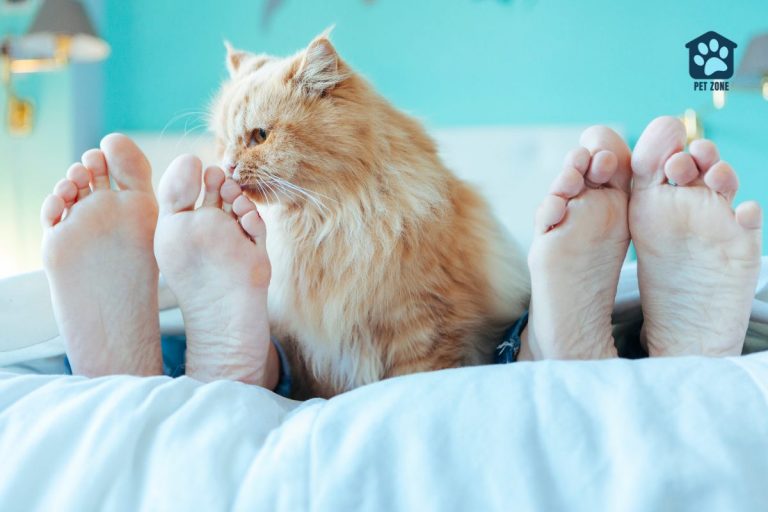

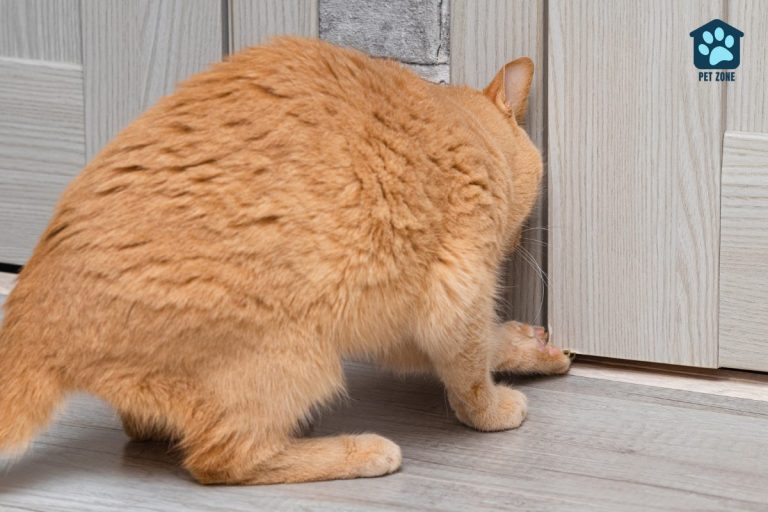

I learned some things I didn’t know in this post. Like not making eye contact when my dog is misbehaving! I will use these helpful tips in going forward.
I am clearly doing so many things incorrectly when I am trying to tell my dog she did something wrong. Thanks for the professional advice – looks like I have some work to do!